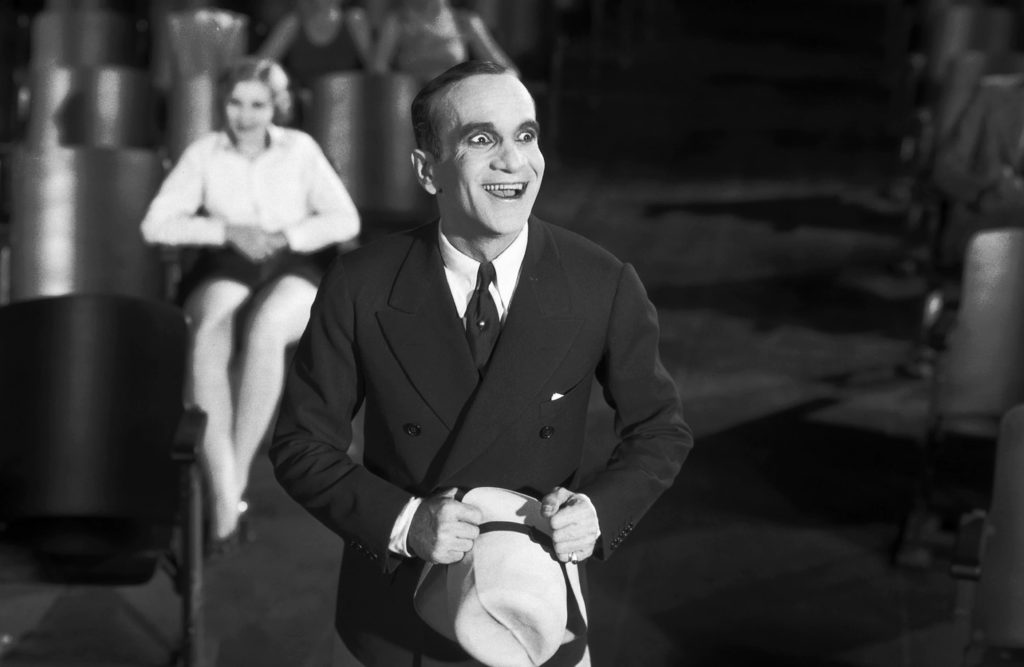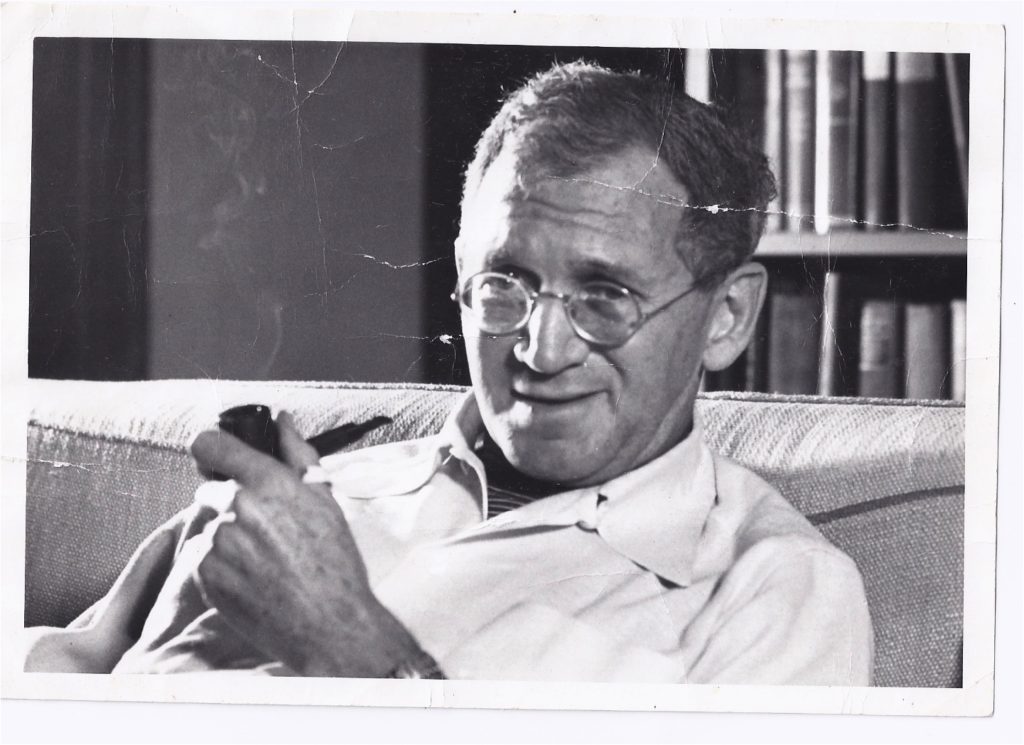
The First “Talking Picture”?
For as long as I’ve been aware of the movie The Jazz Singer, its title has always been preceded or followed by the phrase, “the first talking picture,” meaning the first major, full-length commercial film to contain spoken dialogue. This is true but only just; in truth, the movie contains a total of two minutes’ worth of spoken dialogue, all of it improvised. The dialogue for the remainder of the movie is presented through the standard, silent movie use of “caption cards” (or what were called “intertitles”).
We’d also note that all sorts of talking short films had been produced in the two years prior to the release of The Jazz Singer, films that used a variety of competing technologies for recording, reproducing, and synchronizingsound to visual imagery.
(This issue of “synchronicity” was a huge, early challenge for the sound technologies employed during the “Early Sound Era.” We’ll talk more about synchronicity when we discuss the technology used to create The Jazz Singer, the Vitaphone process.)
Nevertheless, it is that two minutes of spoken dialogue – along with its eleven musical numbers, six of them sung by its star, Al Jolson – that made The Jazz Singer a revolutionary sensation, a film that sounded (pun intended) the death knell for silent movies. That the movie starred the most famous and highly paid entertainer of the time, Al Jolson (the self-styled “World’s Greatest Entertainer”; born Asa Yoelson, 1886-1950) made it an instant, iconic classic.
(For our information, the first “all talking” movie was The Broadway Melody of 1929, a film that not coincidentally won the Oscar for Best Picture in 1930!)
The Jazz Singer: Story Line

The Jazz Singer is based on a play of the same name written by the American playwright, screen writer, and fiction writer Samson Raphaelson (1894-1983). Originally produced on Broadway in 1925 and starring Georgie Jessel (1898-1981), the play was adapted from a short story by Raphaelson entitled The Day of Atonement.
Even in 1927 – when the movie was made – its story was clichéd. It tells the tale of an initially 13-year-old dude named Jakie (Jacob) Rabinowitz (played by the child actor Bobby Gordon, 1913-1990). Jakie is expected to pursue a career as a synagogue cantor, like his father and generations of his family’s men before him. But Jakie, unlike his immigrant father, is an “American,” and he wants to sing “jazz” (meaning, in this case, American popular songs). Caught by his father singing in a beer garden, Jakie is whipped by his less-than-enlightened father (that would be Cantor Rabinowitz, as played by Warner Oland, 1879-1938). …
Continue Reading, only on Patreon!
Become a Patron!Robert Greenberg Best Sellers
-
Mozart In Vienna
Price range: $80.00 through $150.00 -
Great Music of the 20th Century
Price range: $199.95 through $319.95 -
Understanding the Fundamentals of Music
Price range: $199.95 through $319.95 -
Music as a Mirror of History
Price range: $219.95 through $334.95 -
How to Listen to and Understand Great Music, 3rd Edition
Price range: $349.95 through $599.95





